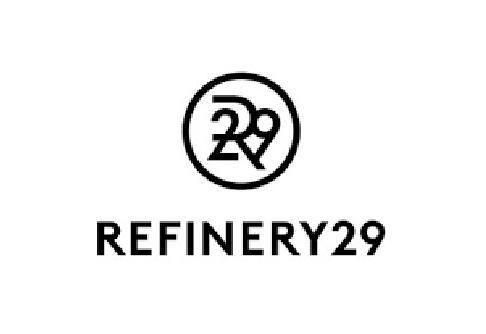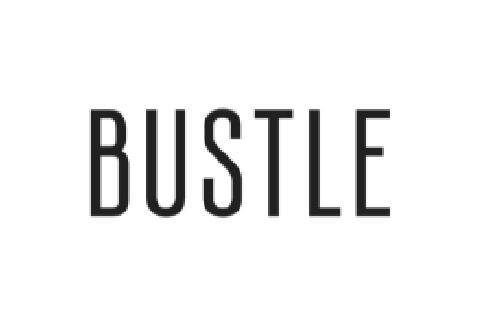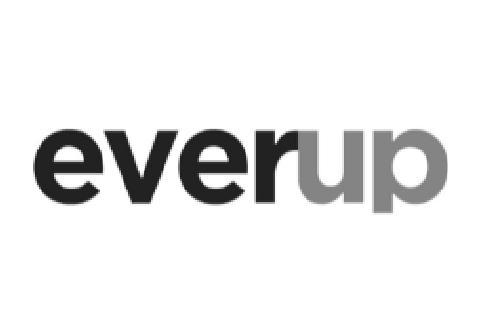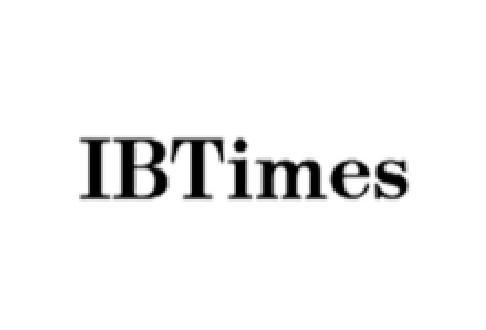You’re preparing for your annual performance review, as your salary will be discussed yearly. You’d love to obtain $X of raise, but you’re unsure how to do it. Your results were good, and your position is not threatened. But how to reach out for the Big Prize? You’re not confident to ask for that number. You hope that somehow, magically, your boss offers this as a gift. Asking for it feels so steep.
Or you’re a solopreneur selling a service. So far, your margins have barely grown, and your cost is bound to rise with inflation. It would be ideal to increase the volume of your business, but your capacity is limited with major investments you cannot afford at the moment. So, one way to boost your margins is to increase your price! But asking for more is hard. You’re worried that you may lose some clients.
How to get more confident in situations like these?

Many advisors, consultants, and coaches tell you that you simply have to change your money beliefs. But “changing beliefs” is anything but simple. Beliefs are deeply embedded mental constructs that govern our behavior. Beliefs are “internal,” and the behavior is “external.” Through this external interaction with the environment, we test the beliefs.
If the feedback we receive from the environment does not refute our initial beliefs, they become fossilized. Intuitively, we accept that the belief is “true” and act upon it on the next occasion. Over time, we do it with increased automatism.
By repetition of behaviours, the belief becomes ever deeper anchored. Once anchored, beliefs cannot be treated as purely “cognitive.” We become easily attached to them, and this emotional component will make them quite sticky, regardless of the disconfirming evidence.
The proposition to “change” the belief assumes that we can somehow trigger some rational, “objective” mechanism to displace the “subjective” beliefs. But this underestimates the role of the emotional underneath a belief. Even if it were possible to “change” it, the proceeding risks would lead to fragile and temporary outcomes.
At New York Life Coaching Institute, we train coaches to engage various Aspects of Being, not relying exclusively on our cognitive faculties. We cannot expect our limited rationality to do the job for us sustainably.
Instead, we have to engage our entire Self, in all its aspects – physical, emotional, cognitive, and spiritual, and proceed in a way that will provide us with surprising insights. Careful analysis of what happens at each of these levels – and in the areas where some aspects overlap – may reveal information we have been unaware of. In other words, the process allows us to deepen Self-awareness.

Behold the Body
Let’s start with the Physical Aspect. When you think about the upcoming interview with your superior or about a sales call with your client, slow down and ask yourself whether there are any physical sensations that you can detect in your body.
Direct your attention to your body by connecting your senses both inward (inside your body) and outward (environment around you). Unless you have some experience doing this, it may help to slow down your breathing first.
By turning your attention to your body, you can detect specific emotions. The whirlwind of thoughts surrounding the prospect of confrontation with your superior or your client may be quite explicit (“no one will pay that much,” “who am I to ask for that much?”, “they’ll think I’m selfish,” “they won’t have that money,” “I’ll be rejected”). But the focus should not be on these thoughts. Rather, you should seek to detect specific sensations:
- Dryness in the throat
- Increased heartbeat
- Heavy shoulders
- Blushing
Our body provides us with an entire atlas, and by detecting the physical sensation, we can point to the type of emotion we experience. In other words, the sensation is less diffuse, becomes more concrete, and is separate from our observing consciousness.
For example, heavy shoulders could indicate anxiety or fear. Heat and color invading our cheeks point to shame. A dry throat (xerostomia) implies a stress response.

Embrace the Emotion
Many of these emotions are experienced as ‘unpleasant’ and aversive. But this is not a reason to avoid them. On the contrary, the art of processing emotions demands that we remain in this state for a little longer. This will allow us to gauge this experience’s intensity and its evolution (e.g. frequency, movement).
At the end of this stage, it is helpful to name this emotion. Labelling it allows us to experience it with more space and monitor it.
This is the moment to return to the body. A coach will help the client become aware of what type of emotional coping strategy was involved in generating a specific emotional reaction. Depending on whether the strategy was of “fight,” “flight,” or “freeze” nature, different physical exercises can be proposed. Some involve grounding, others call for kinetic exercises (increased bodily movements), and others require practising specific types of breathwork.
For example, shame implies a ‘flight’ strategy. Physical relief can be obtained by exercises such as gaze softening or specific breathing. We teach these techniques in our New York Life Coaching Institute coaching course.

Transcend the Thoughts
Only when this initial emotional and physical work has been completed, we proceed to examine the cognitive content of the belief. Having loosened the emotional attachment to the belief, it is now easier to handle the internal logic of the underlying statement.
Let’s return to the original thought constructs:
- It’s unfair to ask that much.
- What will they think about me?
- My peers certainly don’t earn that much.
- What if I become too expensive for them?
- My service can’t possibly be worth that much.
- Nobody will pay that much for what I do.
- Who am I to ask for that amount?
- Am I a fraud?
This is the moment to try and transcend such thoughts. Although the projections refer to the situation that has not yet occurred (the interview or the call with the client is yet to take place), the underlying material of the belief may be deeply anchored in one’s experience or even acquired early in life.
Most life coaches are not trained as psychoanalysts, but it may be useful sometimes to ask what the prevailing attitudes were toward money, wealth, debt, scarcity, and security during the client’s childhood. For example, many children are brought up in a way that they learn how to achieve things by an elaborate strategy and not by direct demands. This may be the root of the problem for some of us.
The second line of analysis of the cognitive material focuses on potential biases. Deeply held beliefs may be transformed by various cognitive distortions, including polarization (black-and-white thinking), fatalism, egocentrism, and hasty induction (jumping to conclusions). Some of our limiting money beliefs may have undergone such generalizations, simplifications, or distortions.
The reframing of the thought involves three proceedings. Let us say that the dominant thought is: “it’s unfair to ask so much for what I do.” The first operation is to seek to refute this statement. For example, one may ask: “what happens if it is fair?”.
Such a refutation destabilizes further the foundations of the underlying belief. Since the resistance to refutation may be strong, we can then proceed with a confirmation, e.g., “what would happen if you continue to believe that it is true?”. Well, not much. You will stay dissatisfied with your salary, or the margins in your business will suffer.
What follows is a search for alternative thoughts. This requires a reflection of what we are asking for. Is there enhanced value in what we do – whether due to improvements in process, product, delivery, or simply due to our experience that smooths things out and helps mentor younger colleagues in the firm? What is the unique point about what I deliver? And why not test the market to find out what can be paid for this?
To prepare for this part of the analysis, it is best to write down, over time, what you do in some detail. This could be things that are not in your employment contract (e.g. deescalating conflicts, team cohesion, other productivity gains, etc).

Surrender to the Spirit
Now that the situation has been analyzed at the cognitive level, it is time to step into the Spiritual Aspect of Being. There are two simple ways: gratitude and visualization.
Practice gratitude for what you already have. When we take the time to be thankful for our current financial situation, we come back to the present flow of life and can open ourselves up to receive more abundance.
Visualization is an art that can be practised. This example will involve imagining the interview (or the sales call) in all its glory of full confidence and pride in your great work. The attitude assumed in this visualization is one of joy and flow.
You enjoy what you do. You do not focus on a ping-pong-like conversation and the risk of rejection but rather on the sound, the color, and the aroma of the conversation between two human beings. This will trigger specific sensations in your body. Again, it is worth staying with these sensations and the associated emotions. Observe how the sensations have been transformed since the first time you noticed them at the beginning of this process.

Advance to action
Once this is done, it is time to advance to action. Chances are your energy has been boosted by transcending the thoughts and the subsequent visualization exercise. Jot down what you still have to do before having the actual conversation. If several steps are needed, you may need an accountability structure around you (a life coach, a support group, or anyone who will hold you responsible for your next steps). Or, if what is left is the conversation with your boss, embrace that your work is worth more money. If you want to persuade others, you have to remain convinced yourself.
During the conversation with your boss, remain soft on the person and hard-knuckled on the facts:
– State up front how much you enjoy the firm (it has to be an honest statement)
– Specify directly what you want in concrete, dollar terms
- Use two or three arguments from your homework (but not more than three)
- It’s natural that there will be some resistance (“the market is difficult”).
- Validate the opinion (echo: “yes, the market is difficult”), and repeat again what you want, summarizing your 2-3 arguments.
This last bullet point can be repeated if your superior repeats herself. And, if the discussion is postponed, stay neutral and set the next appointment on the calendar.
Remember that we find it easier to do things for others (for our colleagues, the environment, and children in the Global South), but we sometimes find it difficult to ask for things for ourselves. The re-wiring process we proposed here will help you appreciate your self-worth and the value of your services. As a result, your negotiating power magnifies, and abundance flows.




























